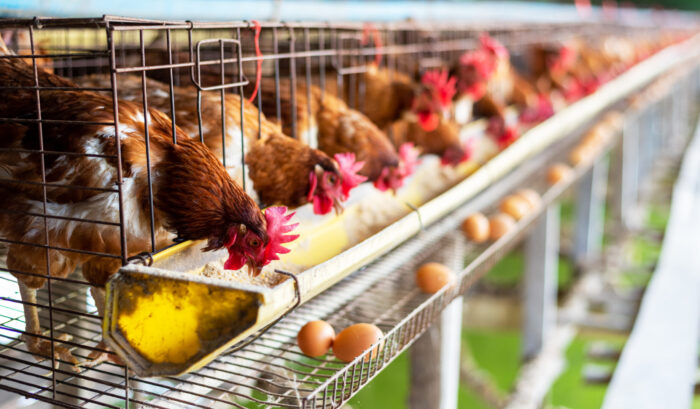The first human case of avian flu was reported by Ohio health officials last week. According to the Ohio Department of Health, the individual is a farm worker from Mercer County who came into contact with dead commercial chicken.
Only 68 human cases of bird flu have been documented nationwide since the start of 2024, with one fatality occurring in Louisiana. Crucially, no human-to-human transmission cases have been reported, according to Ohio health officials.
State Health Director Dr. Bruce Vanderhoff clarified that although there is little risk to Ohioans, avoiding unprotected exposure to sick or dead birds or their surroundings is the greatest defense against bird flu.
He also advised people to take appropriate precautions, such as seeking advice on personal protection and safe handling if they must be around sick or dead birds, and to avoid direct contact with poultry or wild birds.
Before handling sick or dead poultry and wild birds, state health officials advise consulting the local health department or a veterinarian.
The virus has had a significant impact on Ohio agriculture, despite the frequent emphasis by health officials that the threat to public health is still minimal. Ohio led all states in the amount of chicken infected with the virus as of the beginning of this year, according to USDA data. It is more than twice as large as the second highest bird flu population, with around 10 million birds.
More than 5.5 million of those were in Mercer County alone.
In the press release announcing Ohio’s first human infection, Ohio Department of Agriculture Director Brian Baldridge stated that the state is currently dealing with the largest outbreak of positive detections in commercial poultry to date, necessitating urgent action from our department and our federal partners to contain and prevent the spread of disease.
Baldridge encouraged farms to implement biosecurity best practices. Ag officials advise doing the bare minimum, such as cleaning and sanitizing equipment before using it at another poultry plant and washing hands both before and after handling birds. Similarly, they advise using disposable boot covers.
They also stress minimizing flocks’ exposure to the outside world. Farmers are urged by the agriculture department to limit the number of visitors and avoid coming into touch with wild birds. They also suggest starting a campaign to control pests and rodents.
GET THE HEADLINES FOR THE MORNING.
Mike Oglesbee, who has experience in veterinary pathology and virology, is the director of Ohio State University’s Infectious Diseases Institute. He clarified that while bird flu may occasionally recur, the virus has now spread to cattle. According to Oglesbee, these spillover episodes frequently result in a dead end; nonetheless, it seems that cows have infected pigs, cats, and even people with the virus.
According to him, the extent to which this is affecting several mammalian species is the cause for alarm. Each time it infects a new host, there is a possibility that a change will occur that might result in the emergence of a new virus that could, in the worst case scenario, create a pandemic, but also a new infectious disease challenge.
Oglesbee concurred with the opinion of health professionals that there is currently little risk. Recently, he came across a metaphor that he used to equate the infection to a tropical weather system.
He compared the current situation to looking at a tropical depression in the South Atlantic. It might simply burn out, or it might intensify into a hurricane of category five.
On a scale of 1 to 10, he rates the virus itself a five, but his main issue is the lack of urgency in the reaction. He maintained that the COVID-19 experience demonstrated the value of planning and the greater difficulty of operating in reaction mode.
He clarified, “You know, we came out of that thinking we’ll know better next time.” And it seems to me that we are about to enter a future in which there is a great deal of complacency, passivity, and resistance to surveillance.
He indicated one of their labs on the Wooster campus as an illustration. It is a level three biosafety facility, which is the level of containment required to treat viruses such as avian flu. The facility is unique because it can handle bigger animals like pigs and cattle, which are emerging as potential mammals where the virus could change into a more virulent or transmissible infection.
Only a few facilities like it exist in the nation, according to Oglesbee, but the university is having trouble raising the funds necessary to maintain it.
“You know what?” he added, “it would be like I have that tropical depression in the South Atlantic.” We’ll see what happens after I cut off funding for the Weather Service.
He emphasized the need for surveillance to track the virus’s location and mode of dissemination, while acknowledging the challenge of prioritizing preventative actions.
But he said the level of concern reaches the pinnacle if health officials record person-to-person transmission.
OUR WORK IS MADE POSSIBLE BY YOU.

